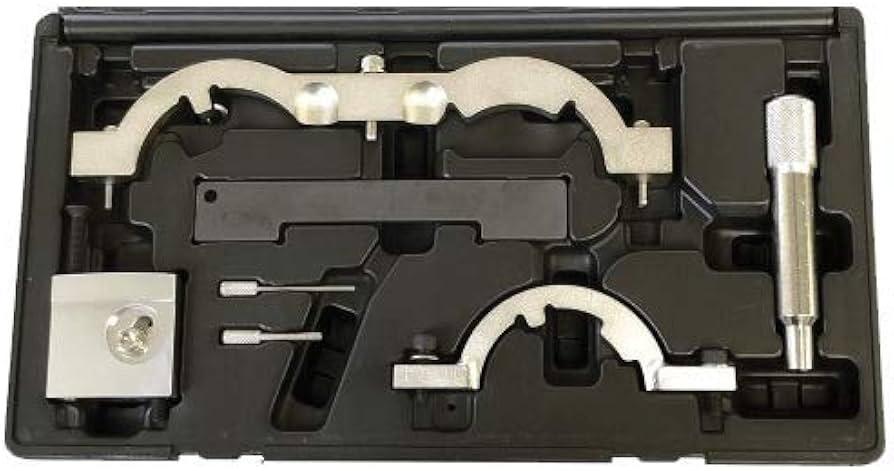
In today’s fast-paced retail landscape, flash sales have become a ubiquitous marketing tool, enticing consumers with promises of limited-time offers and significant discounts. These short-term promotions, often lasting just a few hours or days, create a sense of urgency and excitement that can be hard to resist. However, as the holiday shopping season approaches, a critical question arises: do these seemingly irresistible deals truly offer the best value for consumers, or are they merely a strategic ploy to drive impulse purchases? This article aims to dissect the dynamics of flash sales, examining their impact on consumer behavior, the psychology behind their allure, and whether steering clear of them might lead to more favorable purchasing decisions in the long run. By analyzing the pros and cons of flash sales, we seek to provide a comprehensive understanding that will help consumers make informed choices about when to engage with these promotions and when to look elsewhere for better deals.
Understanding the Psychology Behind Flash Sales
Flash sales leverage several psychological principles to create a sense of urgency and scarcity, compelling consumers to make quick purchasing decisions. One of the primary tactics employed is the fear of missing out (FOMO), which taps into the human tendency to avoid loss rather than seek gain. This fear is heightened by limited-time offers and countdown clocks, creating an emotional response that often overrides rational decision-making.
- Scarcity: Limited quantities or exclusive availability make products appear more valuable, prompting immediate action.
- Urgency: Time constraints, such as a ticking countdown, increase pressure to buy now rather than later.
- Social Proof: Displaying the number of people currently viewing or purchasing an item can increase its perceived popularity and desirability.
These tactics are designed to reduce the consumer’s ability to thoroughly evaluate their purchase decision, often leading to impulsive buying. While the thrill of snagging a deal is undeniable, it’s crucial to remain aware of these psychological triggers to ensure that purchases align with genuine needs and financial goals.
Evaluating the True Value of Flash Sale Discounts
When considering flash sale discounts, it’s crucial to delve beyond the alluring percentage cuts and assess their genuine worth. Often, these sales are shrouded in marketing tactics designed to trigger impulsive buying. Here are some aspects to evaluate:
- Original Pricing: Compare the sale price with the regular retail price and other sellers to ensure the discount is genuine.
- Product Necessity: Determine if the purchase is a necessity or merely an impulsive decision driven by the temporary discount.
- Quality Assurance: Sometimes, products offered in flash sales may not be of the same quality or version as regularly priced items.
Moreover, it’s important to remember that not all flash sales offer the best deals. While they can present opportunities for savings, the pressure to act quickly can sometimes overshadow the ability to make informed decisions. By scrutinizing these factors, consumers can better discern whether they’re truly getting a bargain or simply succumbing to a fleeting sales strategy.

Strategies for Timing Purchases Outside Flash Sales
While flash sales often promise irresistible discounts, savvy shoppers know that timing is everything when it comes to securing the best deals. One effective strategy is to monitor price trends over time. By using tools and apps that track price fluctuations, you can identify patterns and determine the best time to make a purchase. This method allows you to avoid the hype and pressure of flash sales, making well-informed decisions based on data rather than impulse.
Another approach is to leverage seasonal sales and end-of-season clearances, which can offer competitive prices without the rush and limited stock of flash events. Retailers frequently discount items to make room for new inventory, providing opportunities to snag deals. Additionally, consider these tactics:
- Sign up for retailer newsletters to receive exclusive discounts and early access to sales.
- Use loyalty programs to accumulate points or rewards that can be redeemed for future purchases.
- Follow brands on social media for unadvertised promotions and discount codes.
By adopting these strategies, you can effectively time your purchases to maximize savings without the stress of flash sales.

Making Informed Decisions: Comparing Flash Sales with Regular Discounts
In the retail landscape, both flash sales and regular discounts serve as potent tools for driving customer engagement, yet they cater to different shopping behaviors and preferences. Flash sales are characterized by their urgency, often offering substantial discounts for a very limited time. This urgency can compel impulsive buying decisions, leveraging the fear of missing out. However, this can sometimes lead to less thoughtful purchases, where consumers may not have ample time to compare prices or assess the necessity of the purchase.
On the other hand, regular discounts tend to be more stable and predictable, allowing shoppers to plan their purchases and make more informed decisions. With regular discounts, consumers can take advantage of consistent price reductions over time, enabling them to compare prices across different retailers and timeframes. This approach suits those who prefer to strategize their shopping, ensuring they get the best value without the pressure of time constraints. Therefore, when evaluating which option provides better deals, it largely depends on the consumer’s shopping style and priorities:
- Impulse vs. Strategy: Flash sales appeal to impulse buyers, while regular discounts favor strategic planners.
- Urgency vs. Stability: Flash sales create urgency, whereas regular discounts offer stability.
- Short-term vs. Long-term Savings: Flash sales might offer higher discounts temporarily, but regular discounts could lead to better long-term savings.



